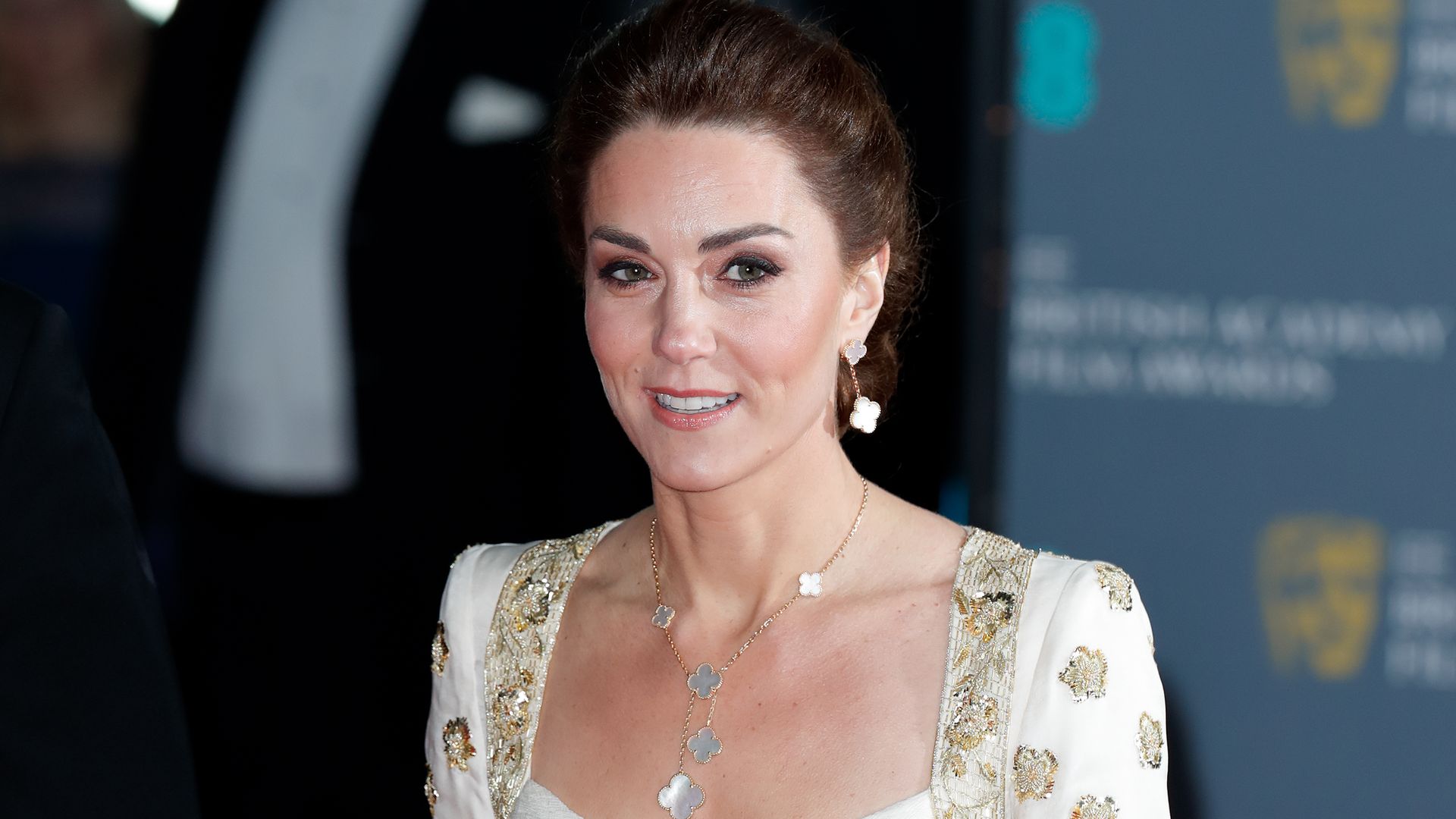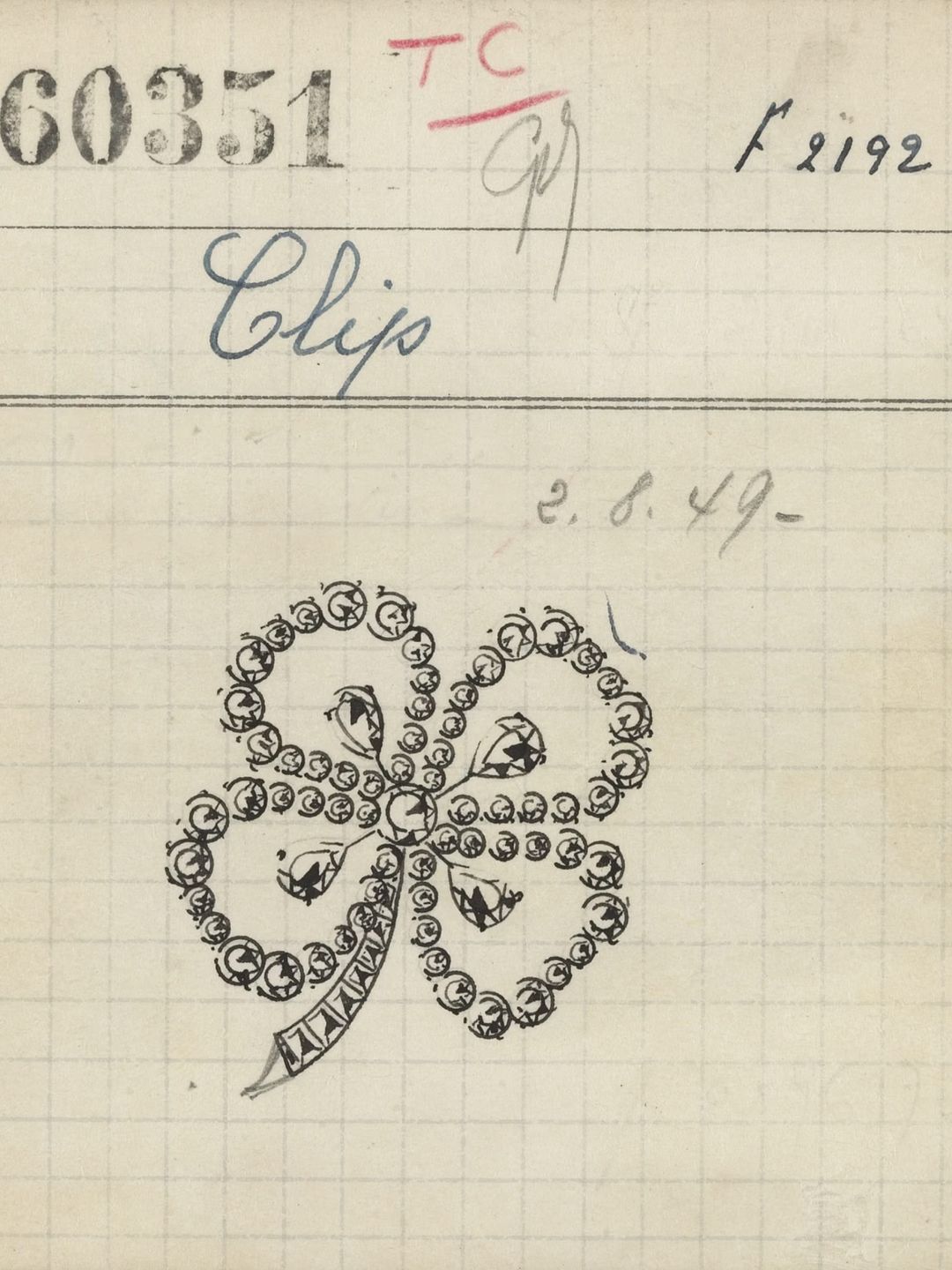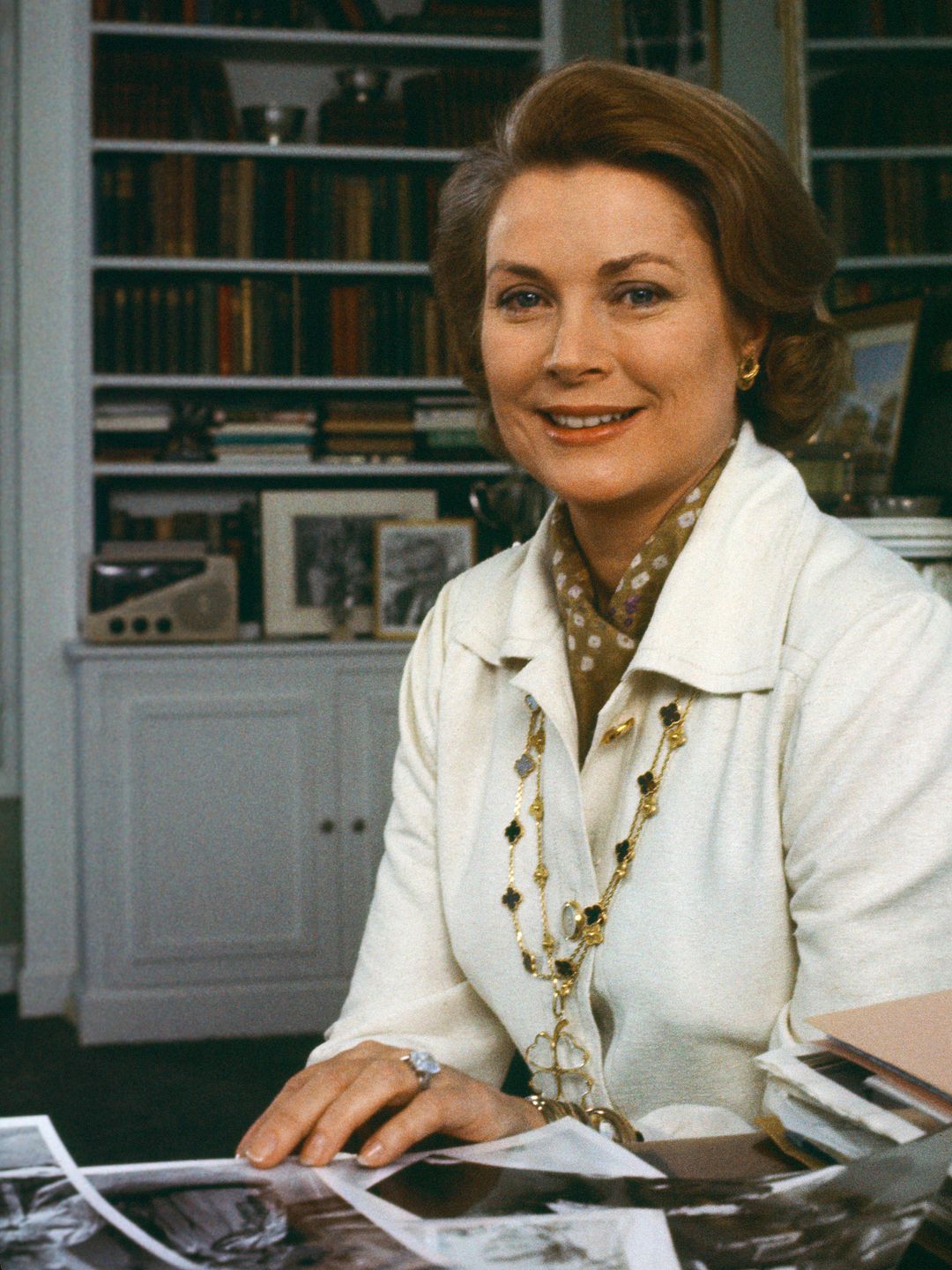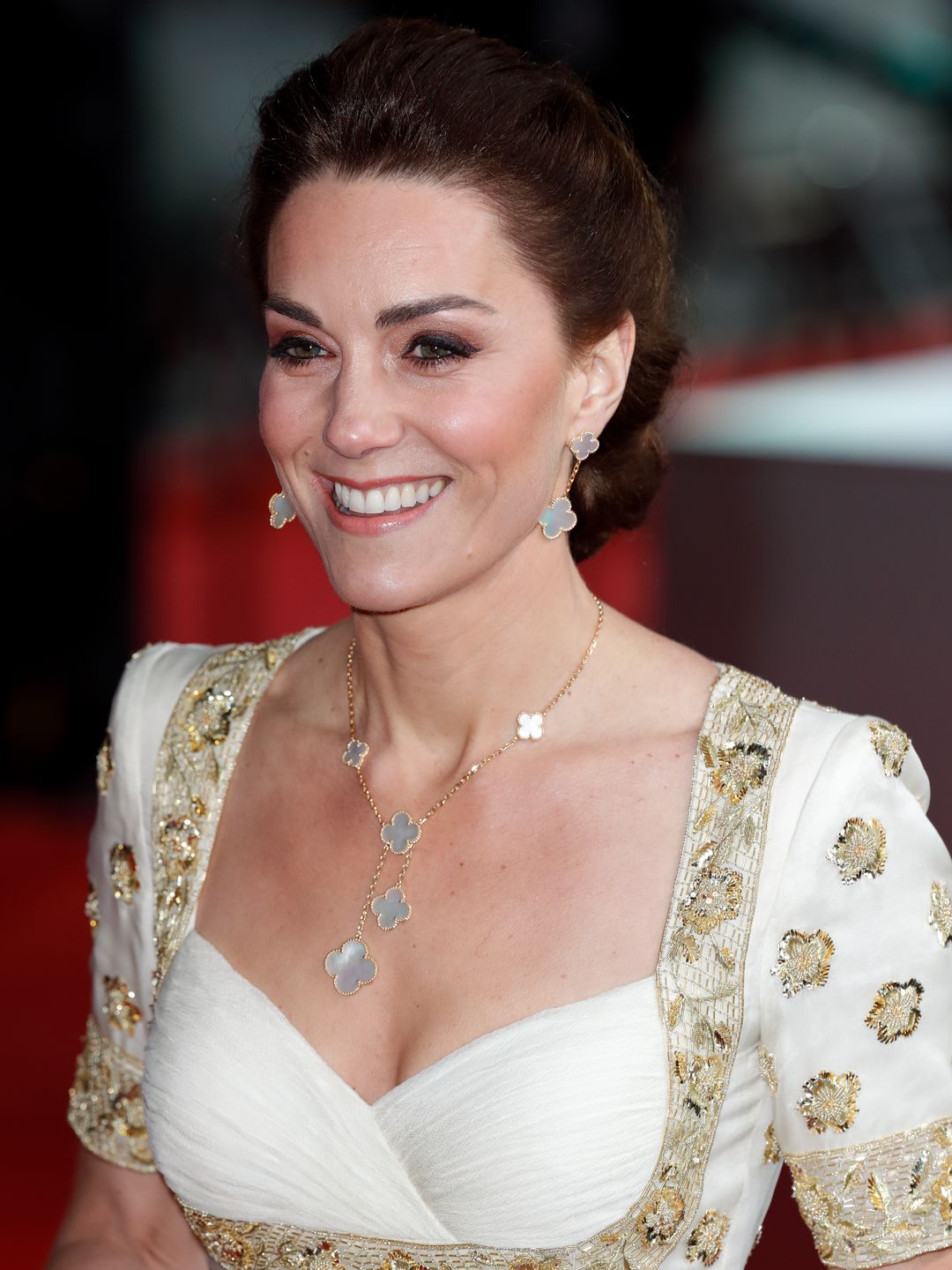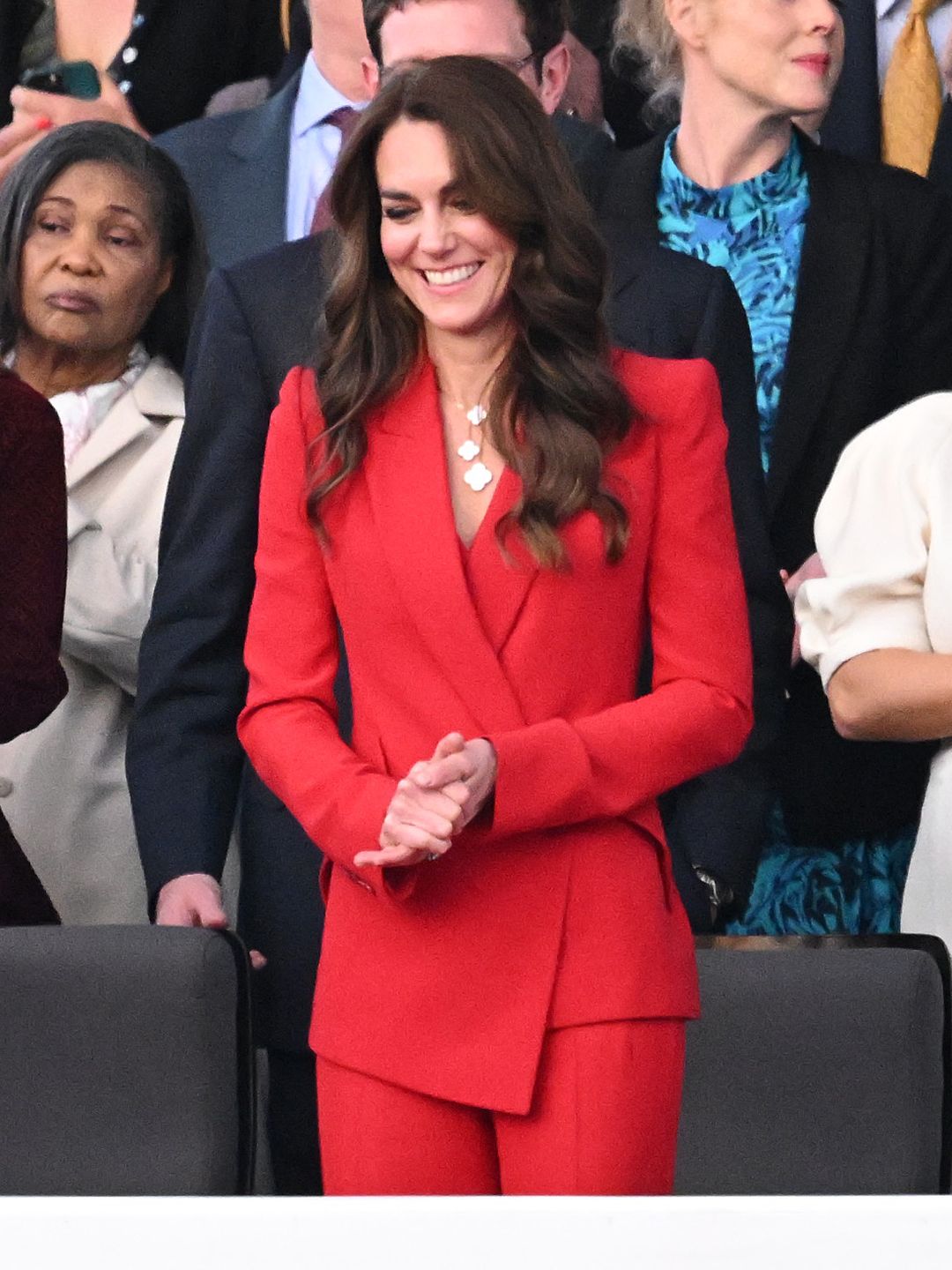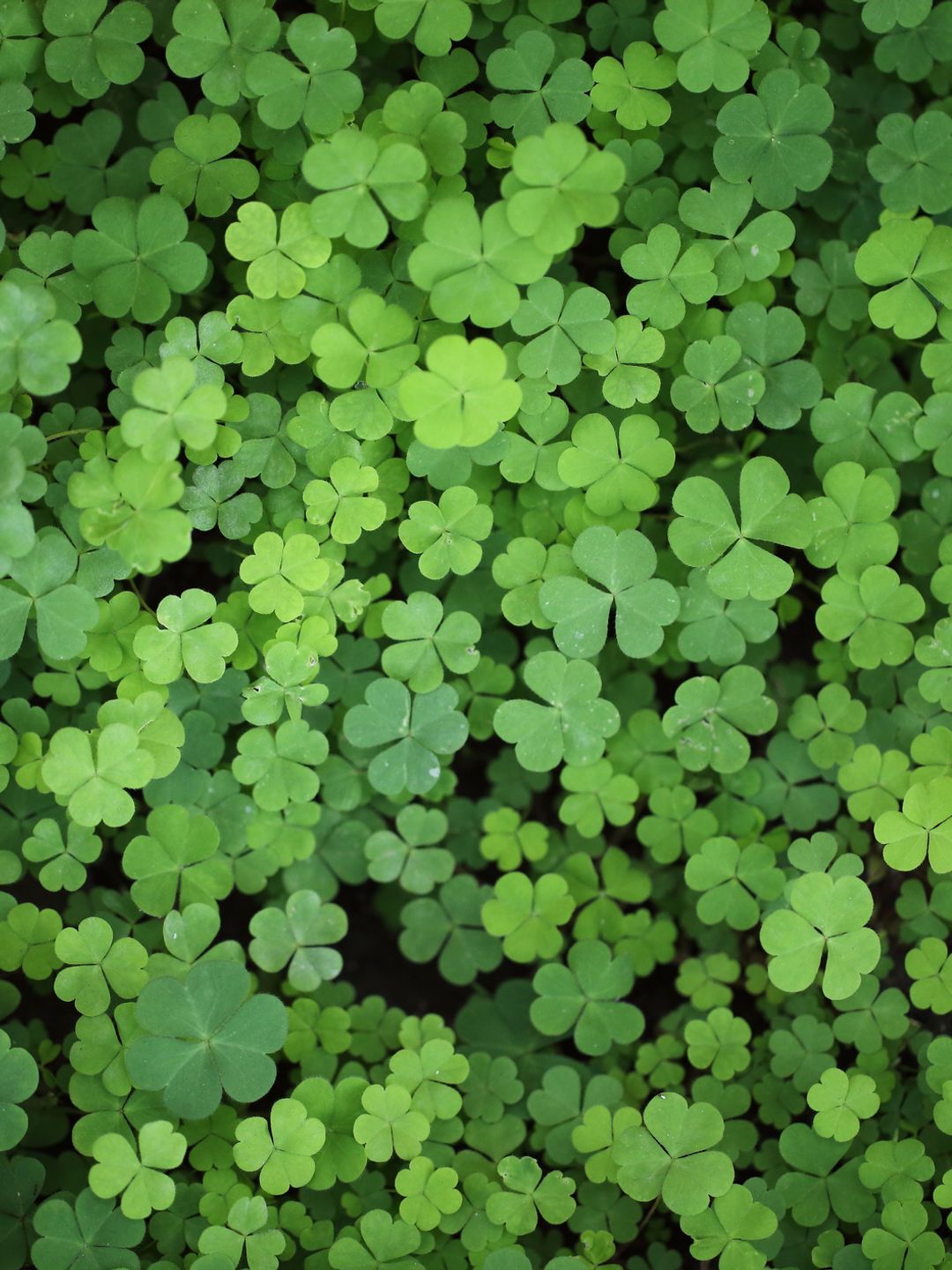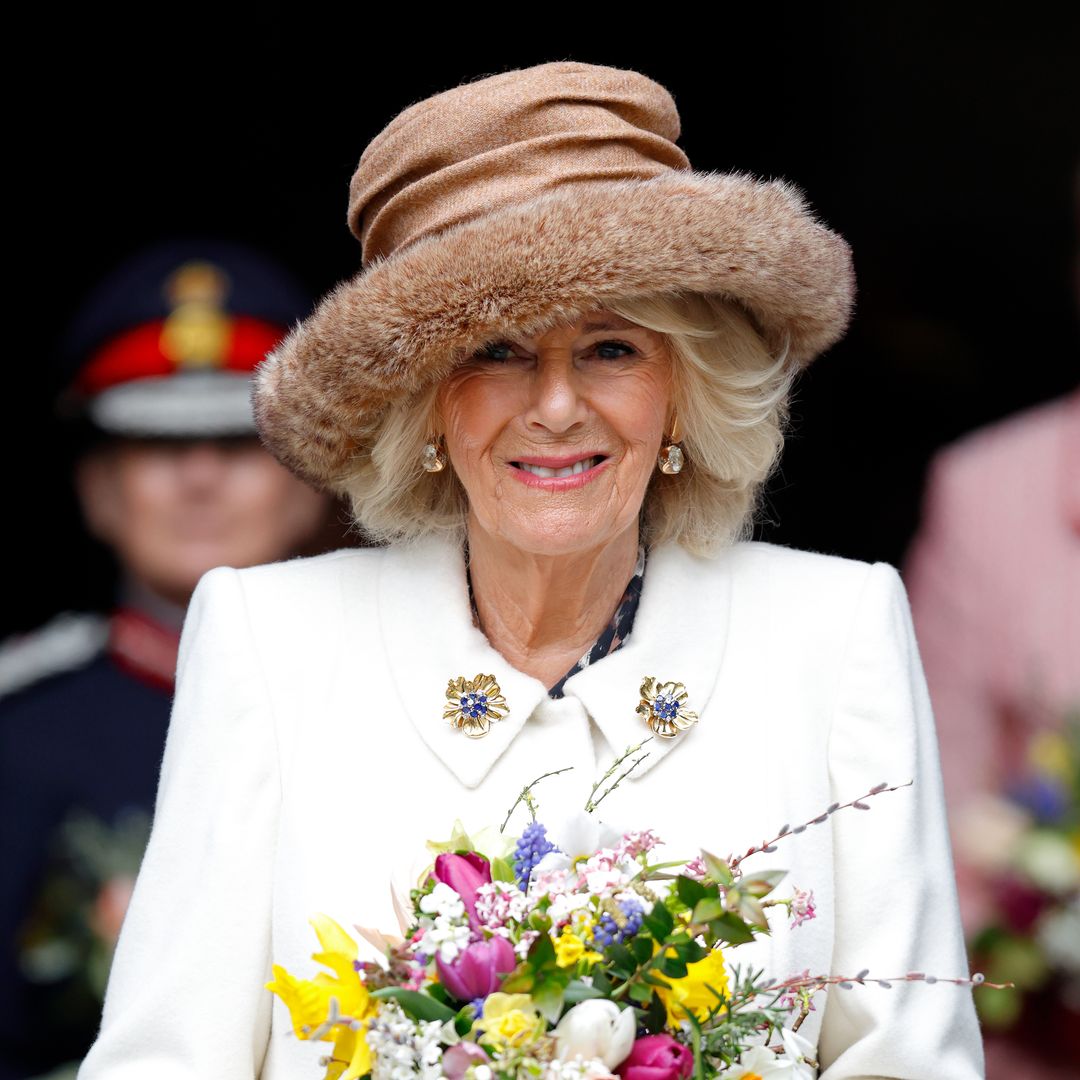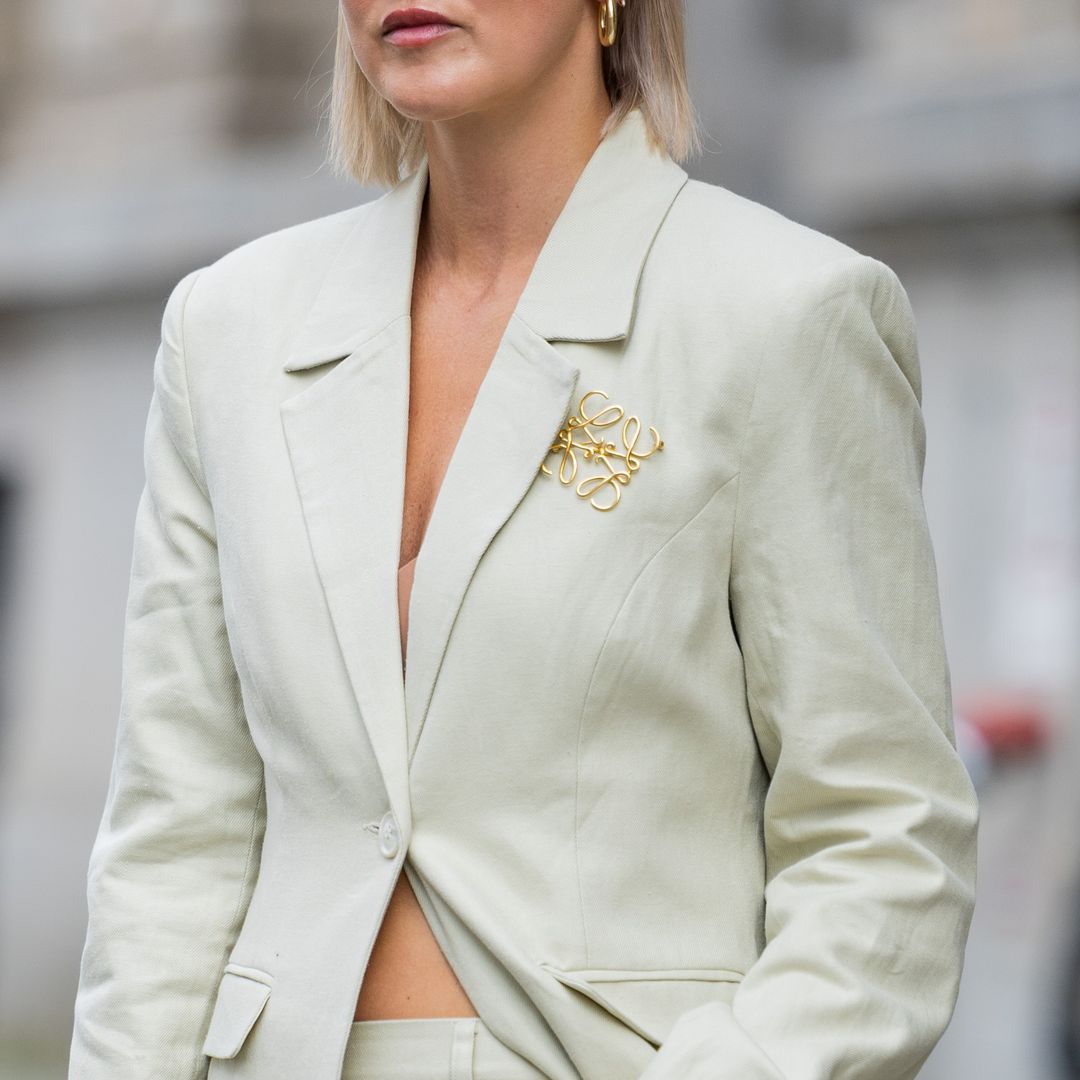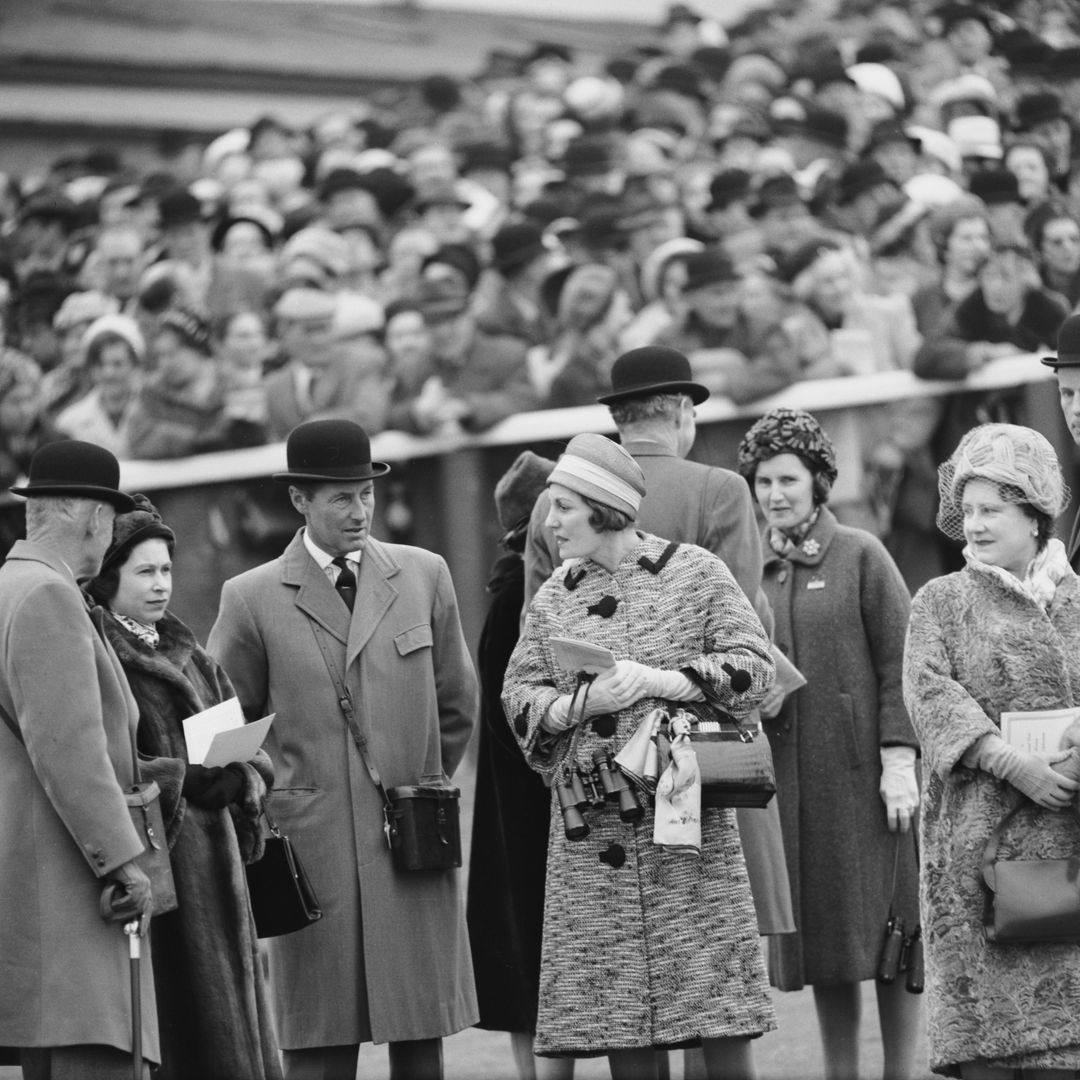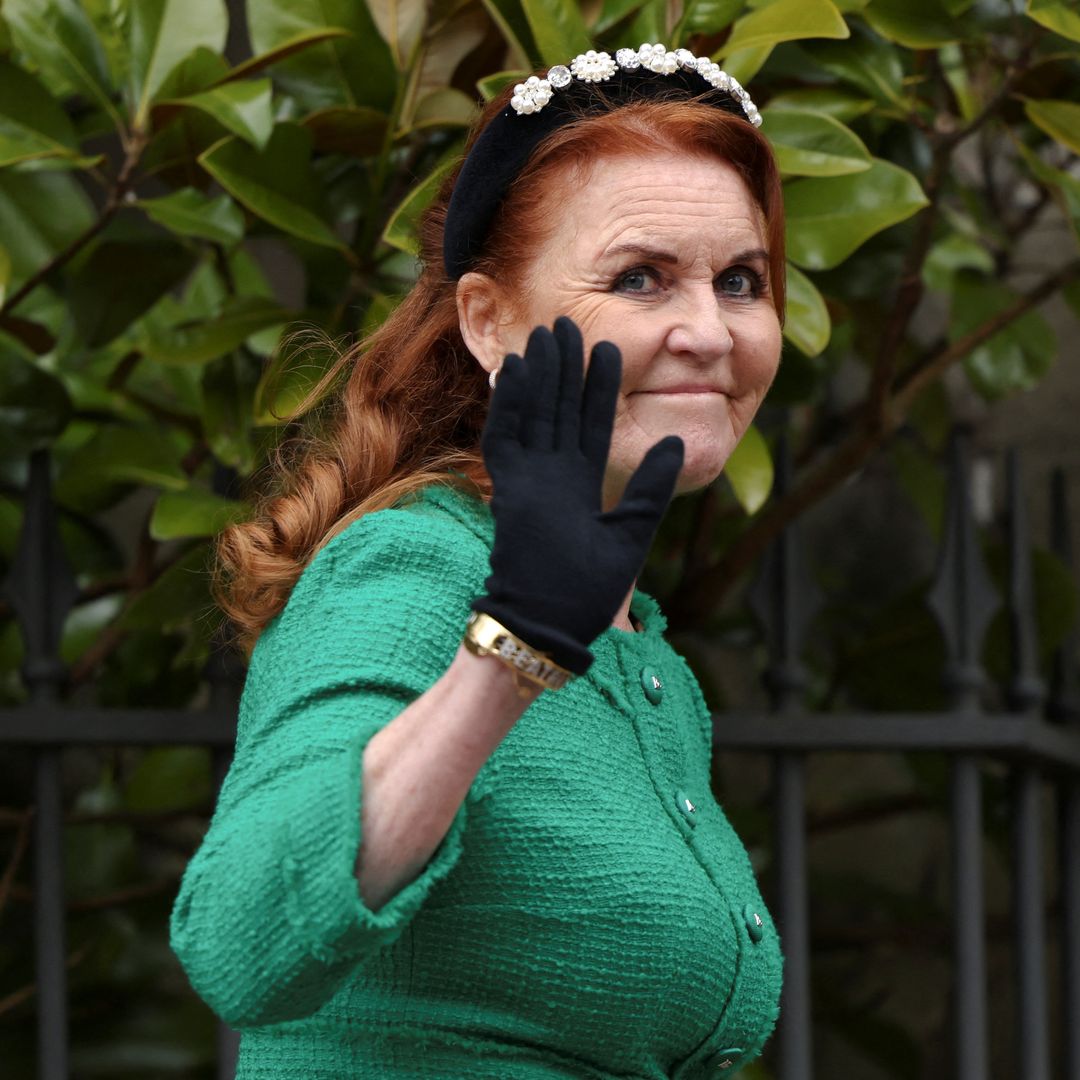Jacques Arpels once remarked, "To be lucky, you must believe in luck."
The nephew of Estelle Arpels, he was a passionate collector, and would often gather four-leaf clovers from his Germigny-l’Évêque home's garden, gifting them to his staff with the motivational English poem Don’t Quit.
Luck has always been a central theme for the brand, guiding its design ethos and inspiring many of its signature pieces. Estelle launched the luxury jewellery brand in 1895 in Paris with her husband, Alfred Van Cleef and the motif of the four-leaf clover first emerged in its archives in 1906, influencing a range of designs from wooden talismans to charms and enchanting fairies.
It would be many years later, 1968 to be exact, when the brand would unveil its inaugural’ Alhambra’ necklace. Featuring twenty clover motifs in textured yellow gold, edged with gold beads, this design quickly became a global symbol of fortune, closely associated with Van Cleef & Arpels.
This four-leaf clover motif has been creatively reinterpreted throughout the years, establishing it as a hallmark of the brand. The Alhambra series has continually evolved, offering a diverse mix of materials, colours, and symbols. The collection's name is inspired by the Alhambra palace in Granada, Spain, famed for its Moorish architecture decorated with quatrefoil motifs. These motifs, featuring four interlaced circles reminiscent of a clover's shape, showcase a level of craftsmanship and intricate detailing parallel to the collection's design.
As the collection expanded, it introduced fresh interpretations of the clover motif, blending traditional aesthetics with new designs. This includes the Vintage Alhambra pieces, which stay true to the collection's original look, alongside new variants that explore different sizes, colours, and symbols, keeping the theme of luck alive in the brand’s creations.
Alhambra has since graced the necks and wrists of influential fashion figures ever since. In the 1970s, it was a favourite of Princess Grace of Monaco, who included numerous Alhambra items in her personal collection, as well as renowned magpie Elizabeth Taylor, who was an ardent jewellery collector.
The Princess of Wales, has notably worn the 'Magic Alhambra' parure on several high-profile occasions including state dinners. Most recently, she chose the necklace for the coronation concert, where it added an elegant touch of shimmer to her red Alexander McQueen outfit.
What does a four leaf clover symbolise?
The four-leaf clover stands out as an uncommon version of the usual three-leaf variety. As explored in Harry Oliver’s 2010 book ‘Black Cats & Four-Leaf Clovers: The Origins of Old Wives' Tales and Superstitions in Our Everyday Lives’ folklore and age-old beliefs suggest that finding a four-leaf clover is a sign of impending good fortune. It has become a common symbol during St Patricks Day, due to its dense growth in Ireland.
How rare are four leaf clovers?
In 2017, a comprehensive survey involving around 7 million clovers throughout central Europe revealed that four-leaf clovers occur at a rate of approximately one in every 5,000 clovers. This finding is notably more frequent than the often-quoted odds of one in 10,000. The same study also discovered that five-leaf clovers appear at a rate of about one in 24,400, while the even rarer six-leaf clovers are found at a staggering rate of one in 312,500.
